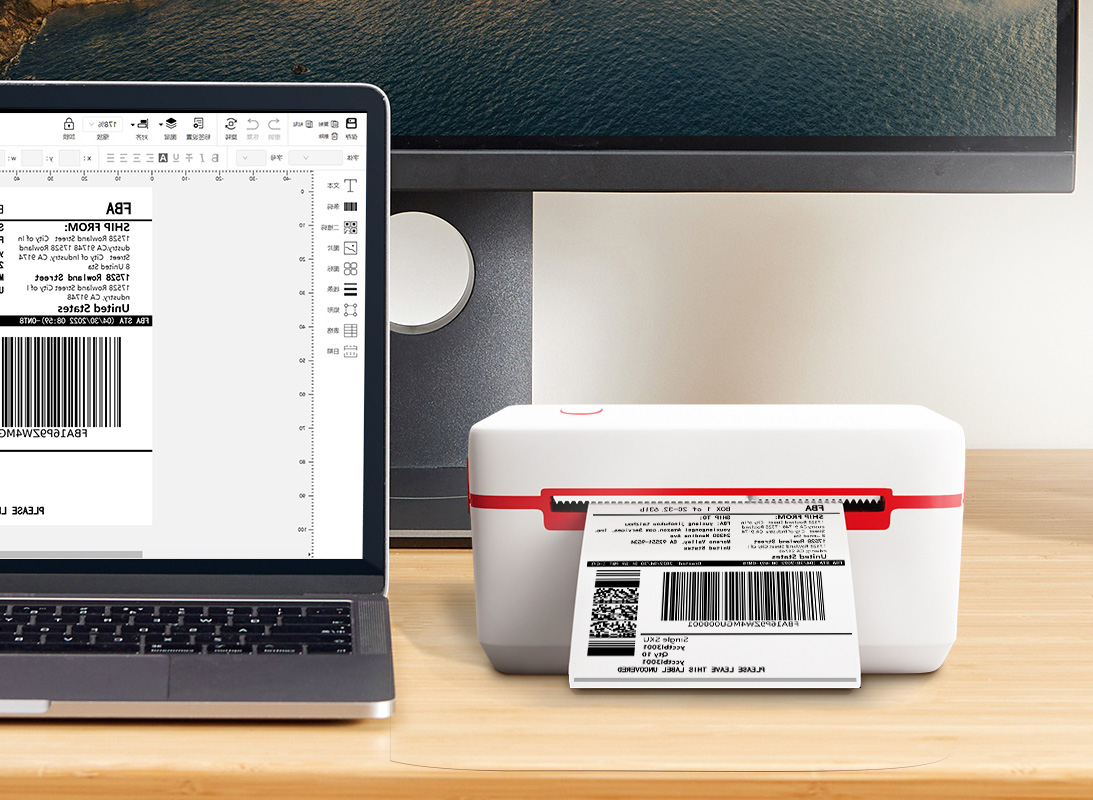ZYWELL thermal printer and pos printer manufacturer supplier in China for more than 20 years.
How Thermal Technology Replaced Dot Matrix Printing
Printing technology has evolved significantly, with thermal printing gradually replacing dot matrix printers in many industries.While dot matrix printing was once the standard for receipts, invoices, and labels, its limitations in speed, noise, and maintenance paved the way for the adoption of thermal printing, which offers faster, quieter, and more efficient operations.

The Drawbacks of Dot Matrix Printing
Slow Printing Speeds – Producing characters line by line makes it inefficient for high-volume tasks.
Noisy Operation – The mechanical impact generates loud noises, making it unsuitable for quiet environments.
High Maintenance Costs – Frequent ribbon replacements and printhead wear increase long-term expenses.
Lower Print Quality – Limited resolution results in faded or unclear prints, especially for barcodes and small fonts.
The Rise of Thermal Printing
Thermal printing revolutionized the industry by offering fast, ink-free printing with superior quality.This technology relies on heat to activate special thermal paper or transfer ink from ribbons, eliminating many of the drawbacks of dot matrix printing.
Key advantages include:
High-Speed Printing – Thermal printers work significantly faster, ideal for POS systems, logistics, and ticketing.
Silent Operation – No mechanical impact means quiet and smooth printing.
Low Maintenance – Without ribbons or ink cartridges, maintenance costs are greatly reduced.
Sharp, Clear Prints – Produces high-resolution images and text, making it perfect for barcodes, receipts, and labels.
Thermal printing has effectively replaced dot matrix printing in many industries due to its speed, efficiency, and lower operational costs.With brands like ZYWELL leading the way, businesses can benefit from high-performance, low-maintenance printing solutions that meet modern demands.

Zhuhai zywell is a printer manufacturer and comprehensive high-tech enterprise integrating POS printer design, research and development, production, sales and service.
CONTACT DETAILS
If you have any question, please contact us.















